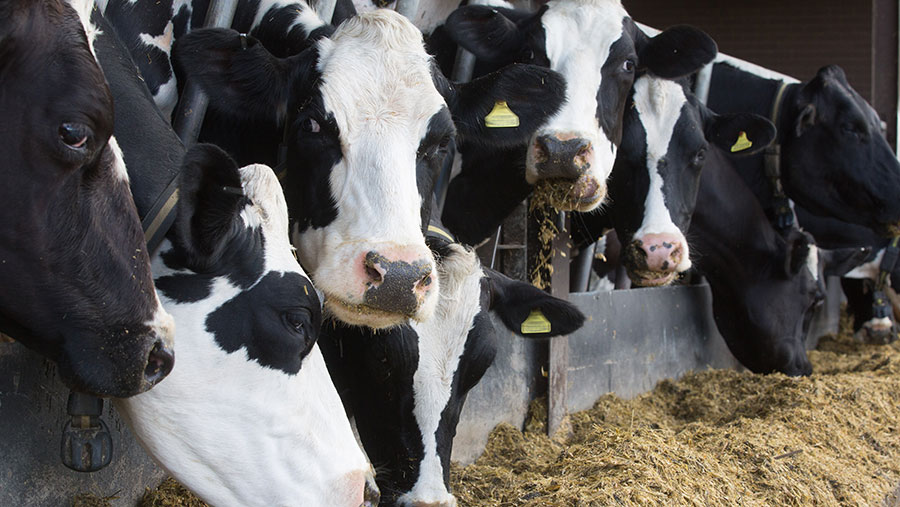Plasma technology reduces emissions in slurry by 90%
 © Tim Scrivener
© Tim Scrivener Applying air and electricity to slurry traps almost all ammonia emissions when applied to fields, a UK trial has shown.
Plasma-treated fertiliser converted from cow slurry was tested for ammonia emissions and nitrogen use efficiency by agricultural and environmental consultancy Adas in a joint trial with dairy company Arla at Holly Green Farm in Buckinghamshire.
See also: Plasma-treatment cuts ammonia loss by up to 90%
When applied to winter wheat and monitored for a week, the fertiliser recorded an average ammonia emissions reduction of 90% when compared with untreated slurry.
Trials in nine countries
The plasma-conversion technology has been developed by Norwegian company N2 Applied.
In trials and pilot projects in nine countries, methane and ammonia emissions were almost eliminated, while grassland yields improved and odours from ammonia leakage were suppressed.
“These results herald a major step towards net-zero farming in the UK,” said Carl Hansson, chief executive officer of N2 Applied.
“The Holly Green Farm project has seen regular manure collection from 200 cows, so it is our largest UK trial so far, and the results have been extremely encouraging.
“Such substantial ammonia reduction is a huge breakthrough for improved air quality, while eliminating methane is a big step forward in greenhouse gas suppression.”
Net-zero carbon targets
To meet a 2050 net-zero carbon target in the UK, the Committee on Climate Change recommended an annual reduction of 18.6m tonnes of carbon dioxide equivalent (CO2e) from livestock, while the NFU has set a target of 11.5m tonnes CO2e/year by 2035.
One N2 unit working on a farm with 200 cows can reduce and remove a total of 183t CO2e/year, according to N2 Applied.
Adopted across the UK dairy herd, the technology could reduce and remove 2.42m tonnes CO2e/year – 13% of the Committee on Climate Change’s recommendation and 21% of the NFU target.
“Making technology solutions practical and effective for farms of varying sizes is an important ingredient of making food production sustainable,” said Mr Hansson.
“While the ability to cut methane emissions can have a large effect on net-zero targets, ammonia harms air quality, and also acidifies soil and water.
“By keeping as much ammonia as possible within slurry, we’re able to turn it into nitrogen-rich fertiliser that also means fewer, if any, chemical fertilisers are needed, saving their carbon cost too.”
